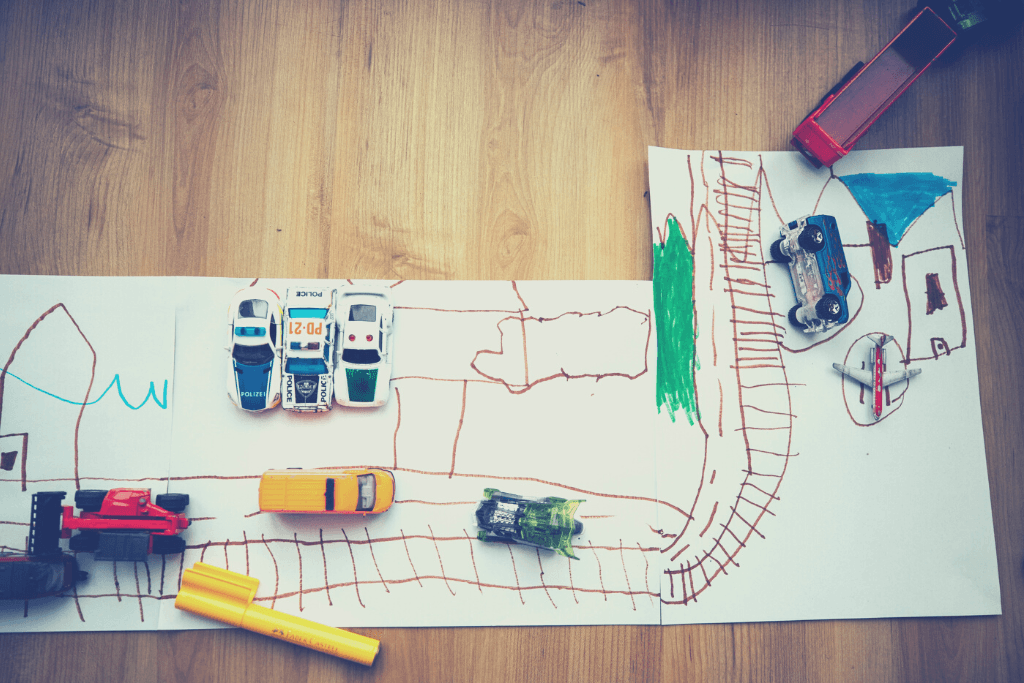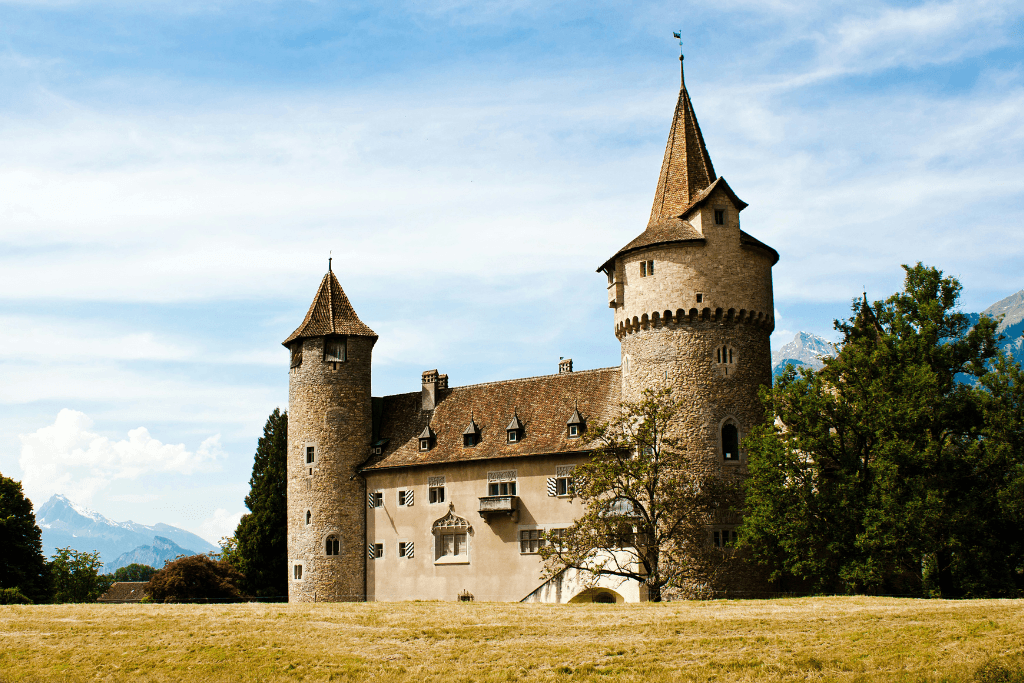“We don’t stop playing because we grow old; we grow old because we stop playing,” said George Bernard Shaw, the celebrated Irish playwright who won the Nobel Prize in Literature in 1925.
Playing is human; likewise, games have been a fundamental tool for human evolution. Throughout history, they helped us to learn, create social bonds, release stress, and practice for real-world dangers. Games contributed to our survival by boosting cooperation and resilience among human populations.
Thanks to accelerating digital technologies, games can help us improve other aspects of our lives, such as our cities and built environments.
What’s Gamification?

Gamification, a term coined in 2002 by the British software developer Nick Pelling, refers to adding gaming elements into non-game environments for different purposes, such as encouraging participation and making an activity more enjoyable.
With a global market size of USD 12 billion, gamification is being used to enhance and optimize nearly everything, with impressive results: Companies that tap into this tool are seven times more profitable than those that don’t.
Urban Gamification For Participatory Design

Gamification aims to engage with all stakeholders to collaborate and share. There’s one type of place where people have been congregating since the beginning of history to do precisely that: Cities. Hence, gamification and the design and enhancement of our cities are a natural match.
Urban gamification is a digitally-driven approach to city design and planning by attributes like point scoring, competitions, and rules to encourage participation between people and the built environment. They give an equal playing ground for all the city-dwellers, regardless of their backgrounds.
Since this novel approach started to take off about a decade ago, it’s already helped to become urban design to be more democratic and accessible while also enabling planners to understand the people they’re serving better.
Building Better “Block By Block”
An early and successful example is the Block by Block project, which started in 2013 in Sweden and spread to 37 countries. Its methodology taps into one of the world’s most popular games, Minecraft, to gather everyone’s opinions in a fun way to visualize and redesign the neglected areas in a neighborhood and turn them into vibrant public spaces.
“We invite people that live around the public spaces, who use them, and who are the real experts of the local situation. We also invite all the stakeholders of the project, the architects, urbanists, or city planners of the project as key attendees, so they can listen to the participants during the workshop and see why they shape the project a certain way”, says Eugenio Gastelum, a digital technology specialist and consultant for the project.
However, urban gamification possibilities aren’t limited to world-famous games. As urban developers know the opportunities, many are working on various prototypes to tap into this approach for better cities.
Virtual Playgrounds For Real Problems

Take the Future City Playgrounds, a project by Concordia University in Canada. The gamification platform aims to provoke a childlike sense of exploration and problem-solving for researchers and academics, urban design professionals, and city dwellers.
A flying robot greets the users when they enter the urban gamification platform and asks them: “Maybe… You can help? Here’s my last USD 1 million. It’s all I have. Click around the building, see what you can do to make me more carbon-efficient… Just maybe, I could be a useful building once again! Good luck!”
Gamified Design For Democratic Urban Futures

Urban design and planning are all about user-friendliness, liveability, and participation. There’s no doubt that gamification can inform this process most efficiently — particularly as smart cities are taking off around the world. In the future, it is likely at some point for all the residents to have access to an app where they make “gamified” contributions to how their built environment should be planned more democratically.







